Fucecchio. Abbey of San Salvatore
2021
The abbey of San Salvatore is located in the upper part of Fucecchio, in the province of Florence, diocese of San Miniato.
You may also like
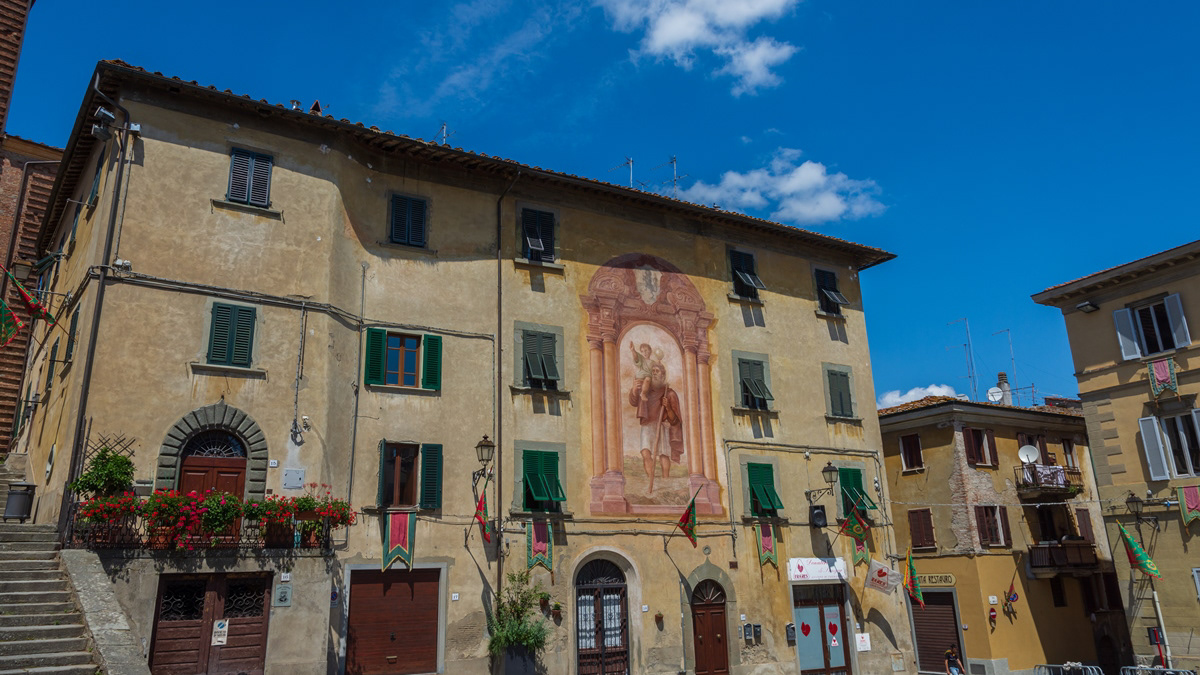
2018
Fucecchio
Fucecchio (pronounced / fuˈʧekkjo /; fučékki̯o, Ficeclum in Latin) is an Italian town of 23,343 inhabitants in the metropolitan city of Florence in Tuscany, in the lower Valdarno. The Municipality is located on the right bank of the Arno river, on the border between the metropolitan city of Florence and the provinces of Pisa, Lucca and Pistoia and near the wet area of the Fucecchio Marsh. Its territory covers an area of 65 km², on average around 25 m s.l.m .; the town extends partly lying on a hill, which since ancient times has taken the name of "Poggio Salamartano", and for the most part in the flat area on its slopes. About 45 kilometers from Florence and 38 from Pisa, included in the Leather District, borders to the north with the municipalities of Chiesina Uzzanese and Ponte Buggianese, to the east with the municipalities of Larciano and Cerreto Guidi, to the south with the municipality of San Miniato and to the west with the municipalities of Santa Croce sull'Arno, Castelfranco di Sotto and Altopascio. The toponym is attested for the first time in 1027 [5] as "Ficiclo", "Ficecli" and "Ficecchio" and derives from the Latin ficetulum with the meaning of "wood of fig, place of figs ".
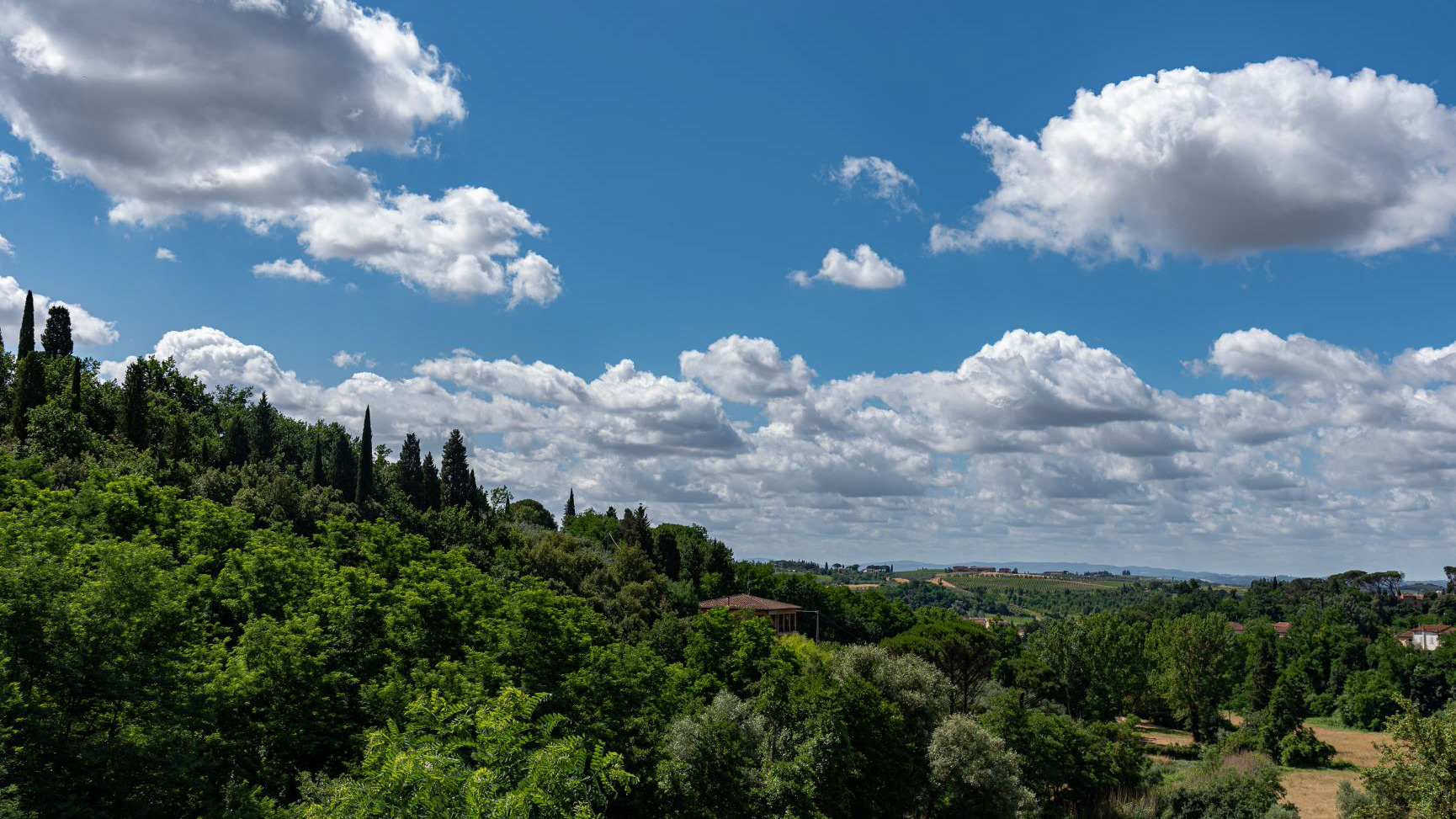
2021
Wonderful summer views of the Tuscan hills
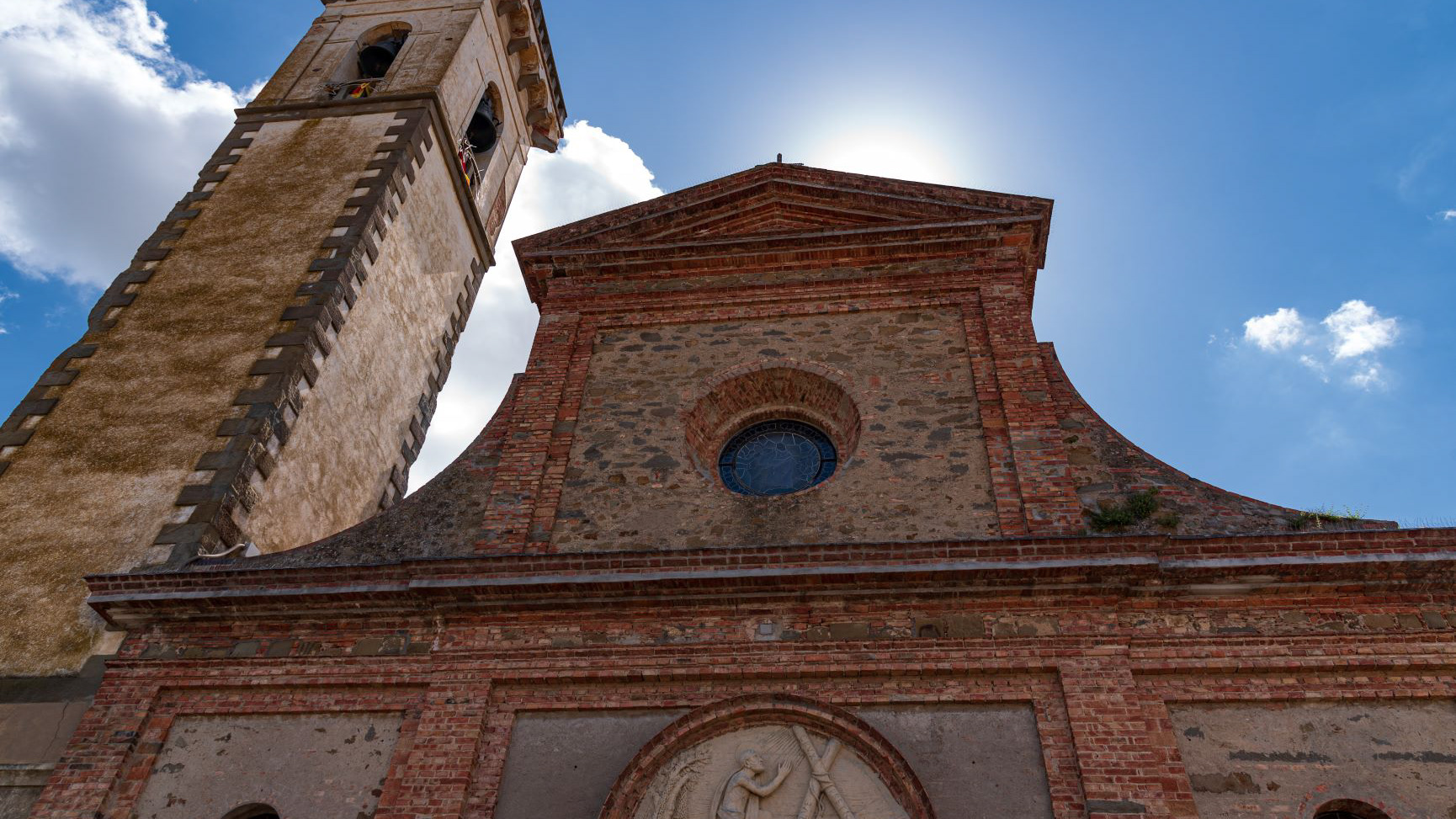
2021
Vinci. Church of Santa Croce
Of thirteenth-century origin, restored several times, it no longer retains the original structure. The neo-Renaissance style works carried out in the years 1925-1935 gave it its current appearance.
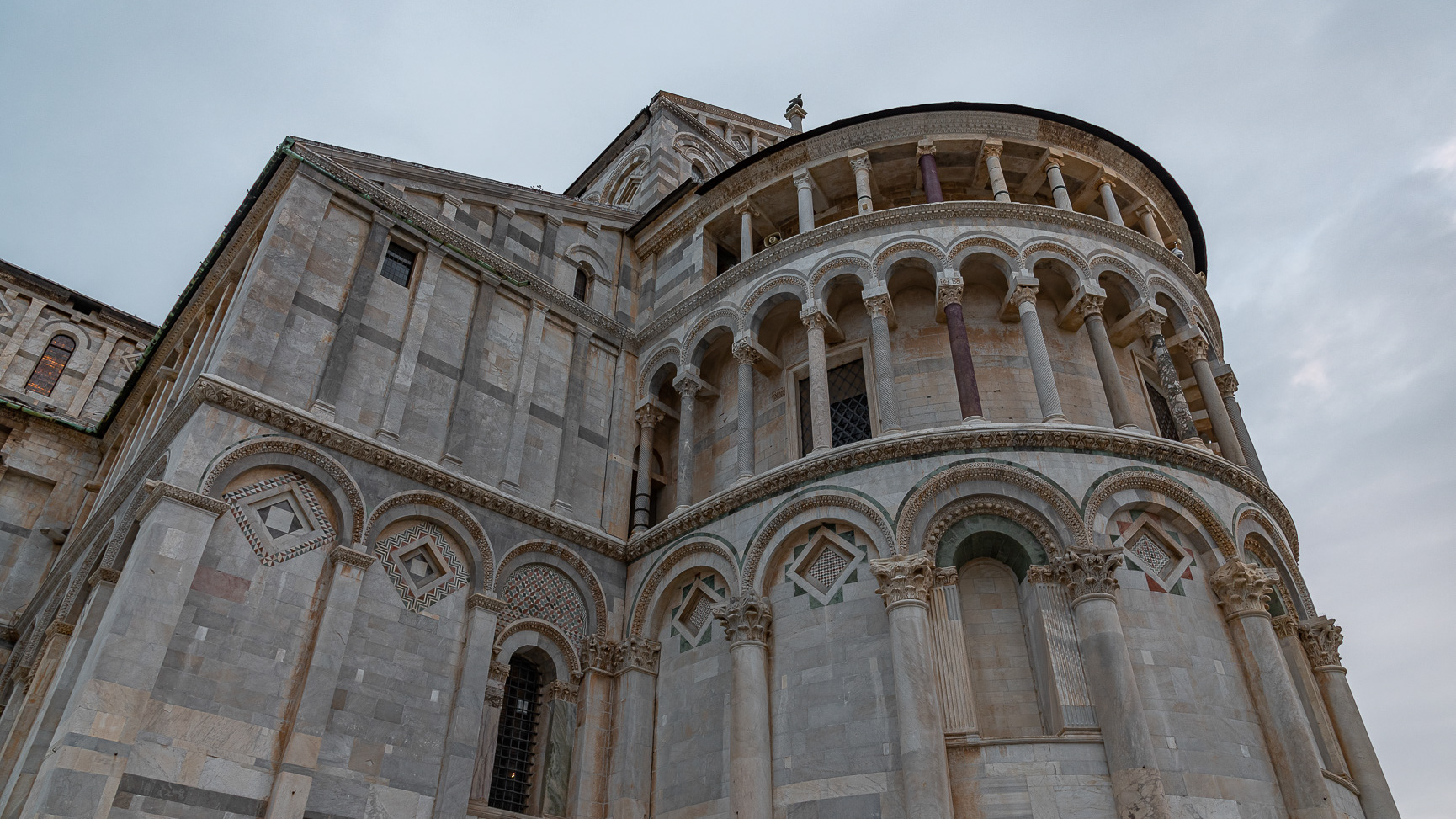
2021
Pisa, the cathedral of Santa Maria Assunta
The cathedral of Santa Maria Assunta, in the center of the Piazza del Duomo, also known as Piazza dei Miracoli, is the medieval cathedral of Pisa as well as the primatial church. Masterpiece of the Romanesque, in particular of the Pisan Romanesque, it represents the tangible testimony of the prestige and wealth achieved by the maritime republic of Pisa at the moment of its apogee. It was begun in 1063 (1064 according to the Pisan calendar in force at the time) by the architect Buscheto, with the tenth part of the booty of the undertaking of Palermo in Sicily against the Muslims (1063) led by Giovanni Orlandi belonging to the Orlandi family [1] . Different stylistic elements come together: classical, Lombard-Emilian, Byzantine and in particular Islamic, proof of the international presence of Pisan merchants at that time. In that same year the reconstruction of the Basilica of San Marco in Venice was also begun, so it may well be that at the time there was a rivalry between the two maritime republics to create the most beautiful and sumptuous place of worship. The church was erected in an area outside the early medieval walls, to symbolize the power of Pisa which did not need protection. The chosen area was already used in the Lombard period as a necropolis and, already in the early 11th century, an unfinished church was erected which must have been dedicated to Santa Maria. The new large church of Buscheto, in fact, was initially called Santa Maria Maggiore until it was definitively dedicated to Santa Maria Assunta.
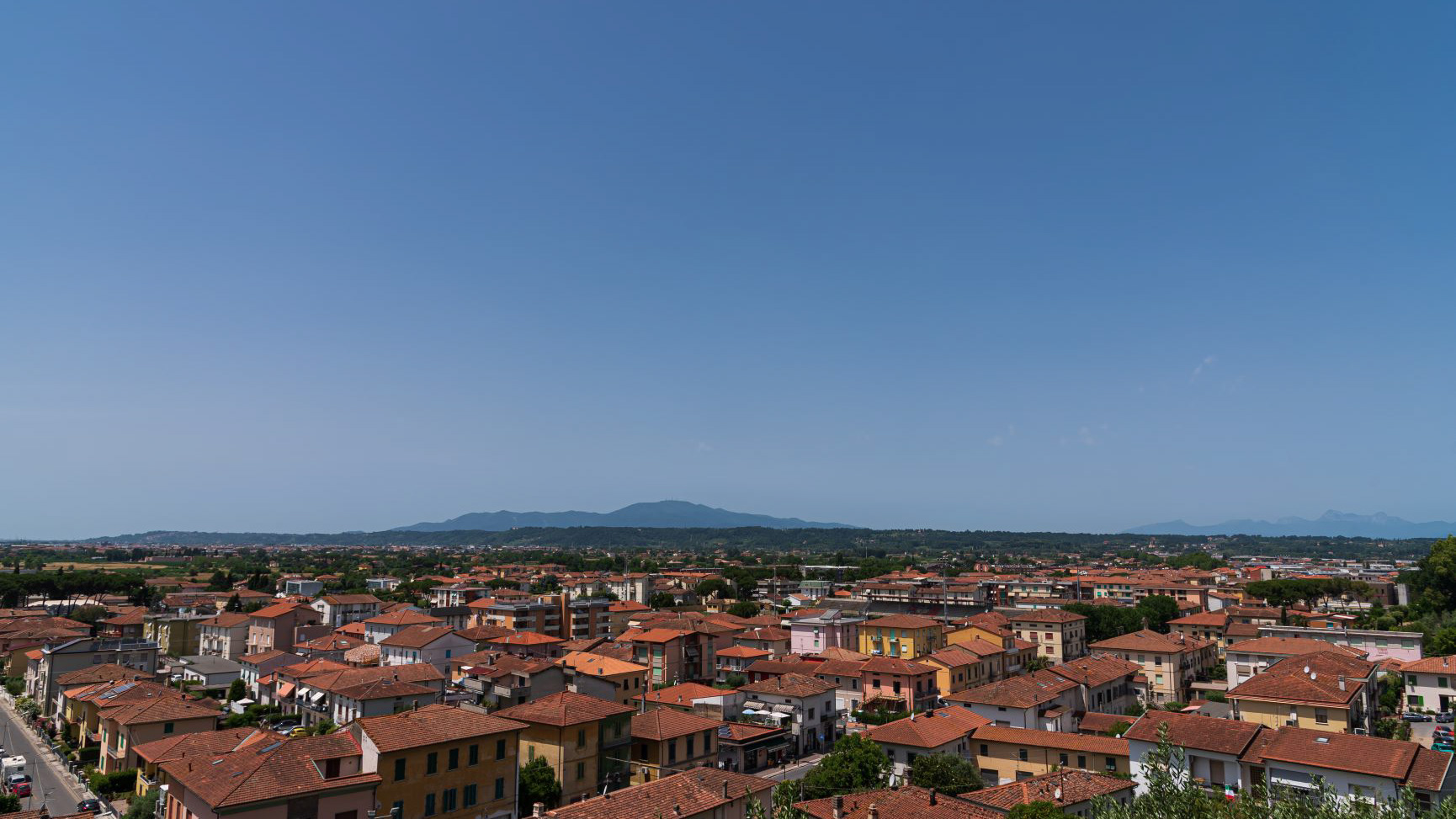
2021
Fucecchio. Panorama from the lookout of the city
Fucecchio is an Italian town of 23,076 inhabitants in the metropolitan city of Florence in Tuscany, in the lower Valdarno.
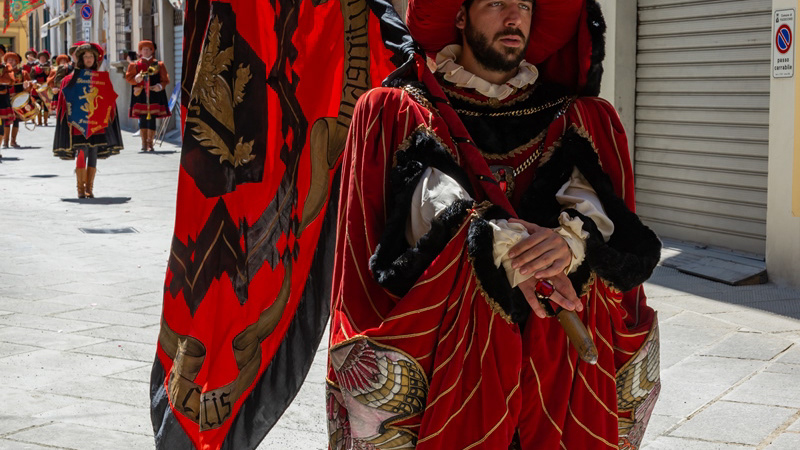
2018
Fucecchio, parade of the districts 2018
The Palio delle Contrade Città di Fucecchio, commonly known as the Palio di Fucecchio, is an event reminiscent of a contest held in Fucecchio around 1200. Originally called Palio della Lancia, it takes place on the penultimate Sunday of May (except for the edition of 2017). The race includes two heats and a final, on horses mounted bareback by jockeys. The last historical edition of which we have news from the local historical archives dates back to June 14, 1863. It was only from the eighties that the carousel came back to life with regularity. The forerunner of the modern Palio was the "Fratres blood donors group", which in 1980 organized a pony race to promote blood donation. From the following year it was decided to organize a real Palio delle Contrade, with horses mounted in saddles. After an initial presence of sixteen districts, the number definitively dropped to the current twelve. From 1987 the saddle was abandoned, and the horses were mounted bareback. Since 1995, the FRATRES blood donors group left the Palio in the hands of the municipal administration, as it has grown a lot compared to how it was born. The event takes place inside the "ex quarry of Andrea" commonly called "La buca" by the locals: a natural racecourse suitable for horse racing. The land of the "hole" has been trodden by the strongest Italian jockeys: from Aceto to Cianchino, from Pesse to Trecciolino passing through other important jockeys such as Massimino II, Il Bufera, Bucefalo, Bastiano up to the youngest promises such as Gingillo, Lo Zedde , Bighino, Sgaibarre, Velvet, Tittia, Vittorio.
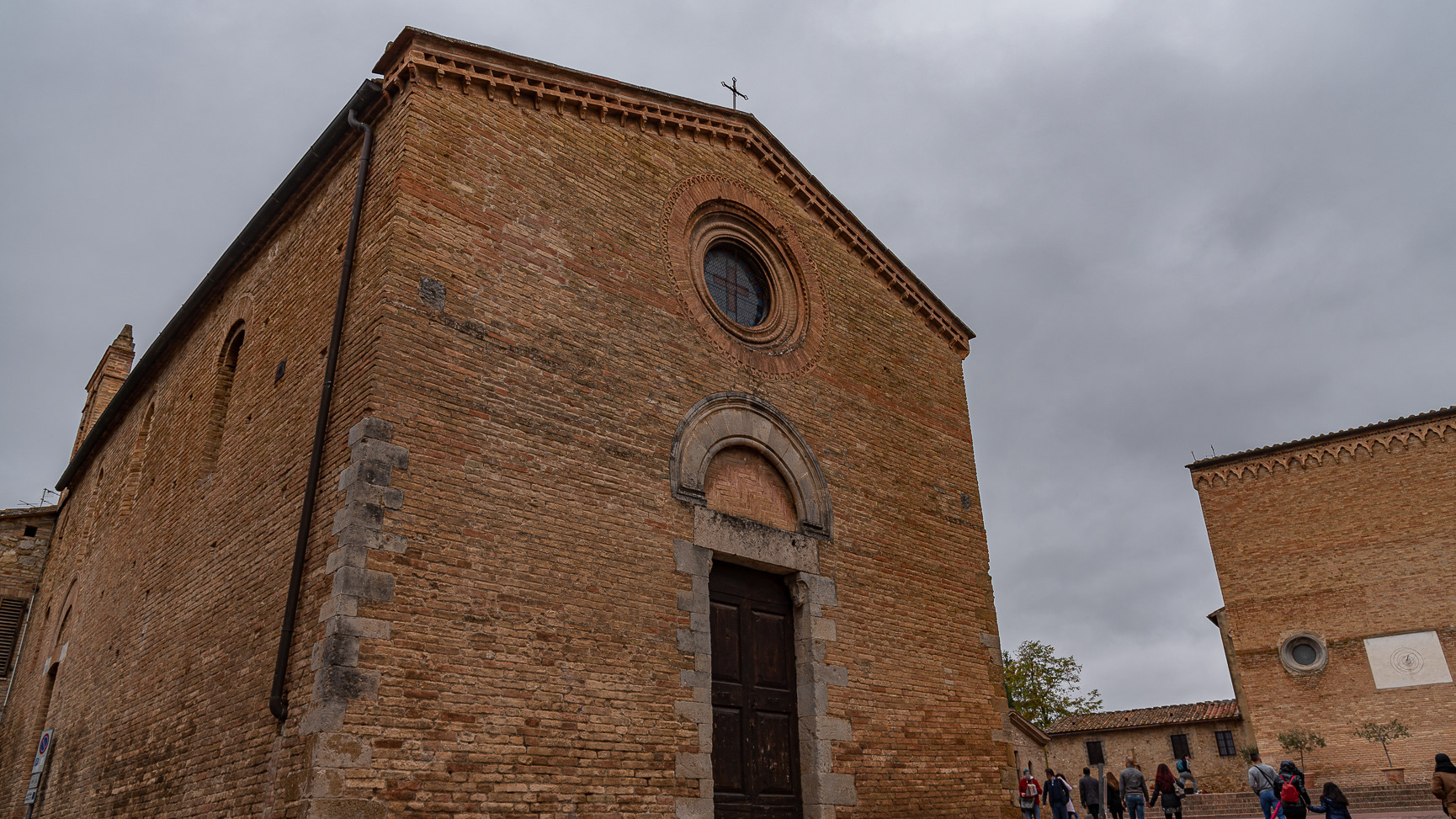
2021
San Gimignano. The church of San Pietro in Forliano
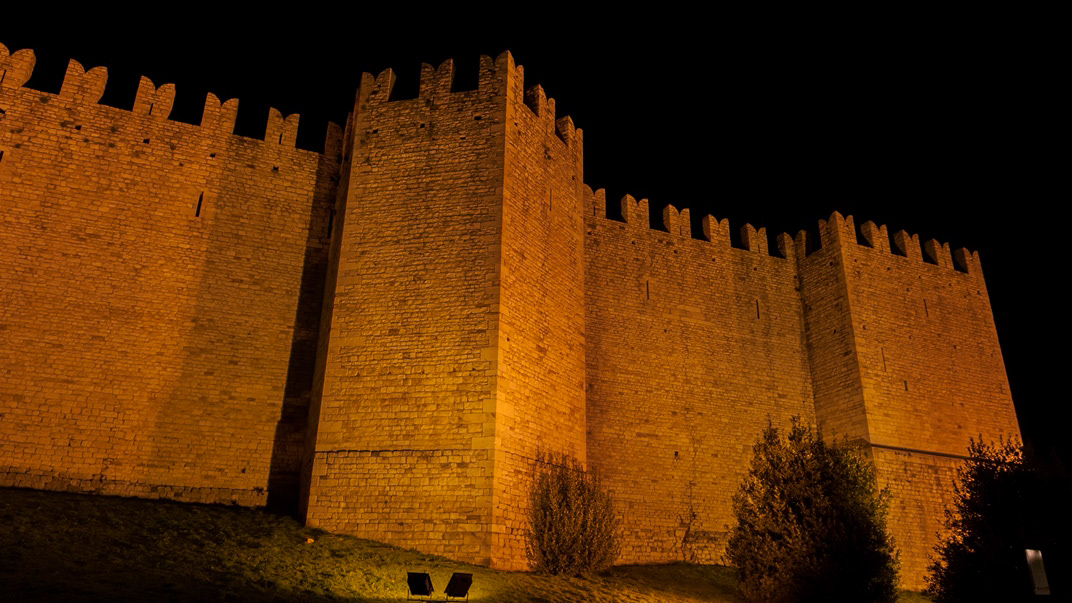
2008
Prato, Castle of the Emperor
The fort of the Alberti di Prato once stood on the site where the present castle is located, which was almost completely razed to the ground in 1107 during the siege of the troops of Matilde di Canossa; in its place another palace, called "Palazzolo", was rebuilt to house the nuncios of the emperors Arrigo VI of Svevia and Otto IV of Brunswick (of which two towers remain, those without battlements, which until 1767-68 had about the double the current height); the area affected by the Castle has always been strategic, so much so that there are documents dating back to 1035 which testify to the presence of an older "palatium"; this building was the nucleus of Castrum Prati, the village that stood upstream of the building which also possessed an ancient parish church (Santa Maria in Castello, which no longer exists). The commission for the construction was given by Frederick II to Riccardo da Lentini, probably starting from 1240. The castle, originally tangent to the second walls (XII century), was partially surrounded by a moat and connected to the Albertian prisons from which definition " of the prisons "the nearby Marian shrine took its name. It has eight towers and has inherent, as for the Castel del Monte, various symbolic aspects, both in the structure and in the portal. Once completed it should have been used as an important garrison of the empire, testifying to the presence of the emperor on the possessions of the north. However, its construction was interrupted around 1250, due to the premature death of the emperor, and the unfinished structure was later used for many other purposes. During the fourteenth century, under the Florentine dominion, the castle was connected to the third circle of walls by a covered corridor called "Corridore del Cassero" (ie: corridor of the castle) or more simply Cassero. In this way the Florentine troops could easily enter the city from outside the walls using a protected passage.
2021
San Gimignano. The church of Sant'Agostino
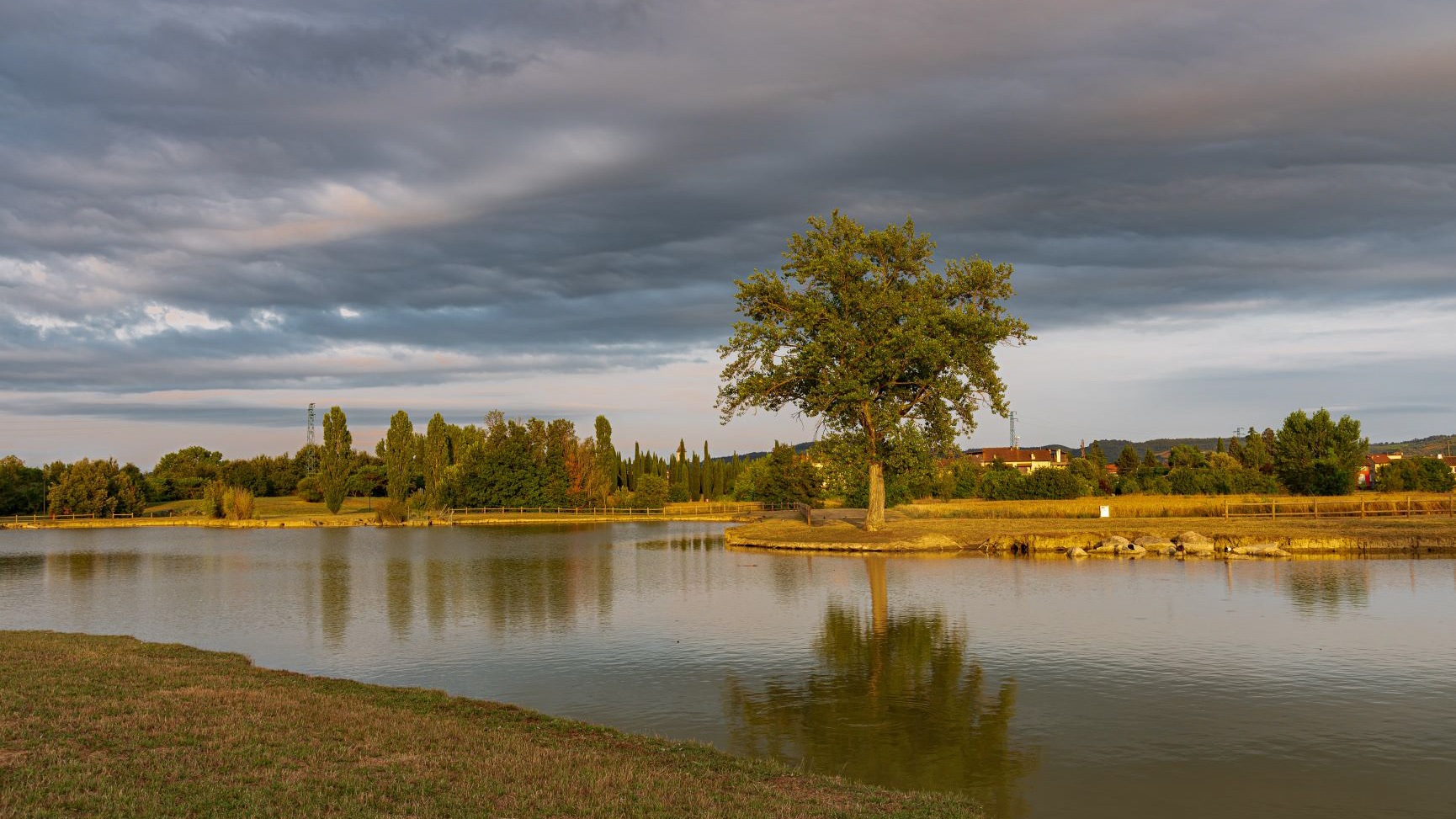
2021
Wonderful glimpses of summer
